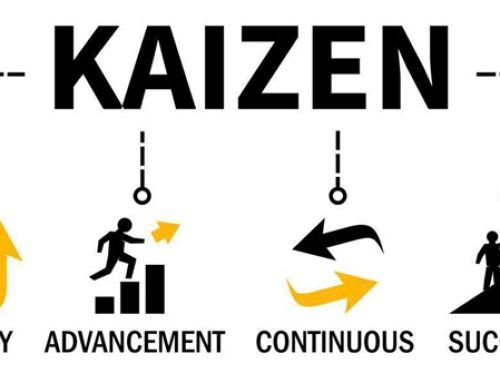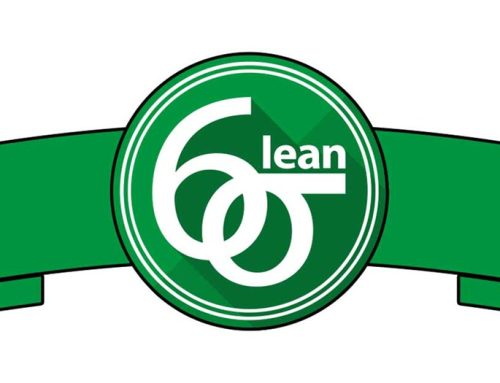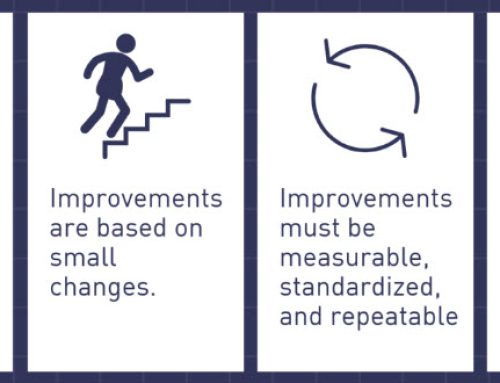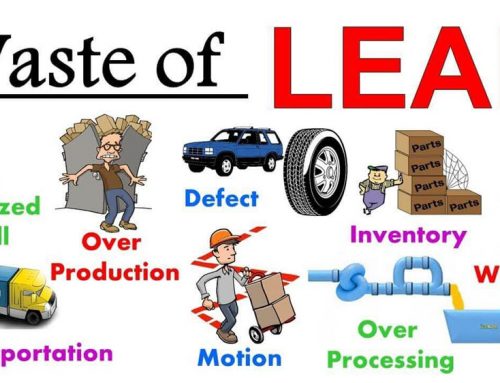Voice of Customer in Six Sigma is the procedure used to apprehend feedback from the client to cater the customer with best service and quality. It describes both the told and untold requirements of the customers by various methods, such as, observation, interviews, surveys, reports and complaint logs etc. This process involves being innovative enough to cope with the changing needs of the customers.
The sole purpose of Six Sigma approach in lean management is to enhance quality of the product to achieve maximum customer satisfaction. Voice of customer is a fundamental part of Six Sigma because product quality is defined by customer. The lucrative and fruitful quality management system focus on customer satisfaction by considering changing customer demands as well as their expectations. This helps in improvement of supplier service and product quality.
Why is Voice of Customer Important
Voice of Customer is advantageous in a way that when a customer is captivated by the product or service, he will boast about his experience to a group of other people. In this way that group of people might give you an order. Thus, you will attract more customers just by pleasing the existing customers. And if the customer is not happy with the provided product he will pass on his negative review to countless people. This will affect your market value.
In this growing competition it is necessary to utilize this tool to deeply understand customer’s expectations about the product. This helps the organization to focus and improve their weak points.
Steps to Gather Voice of Customer Input
Voice of Customer is all about gathering information from the customers about product or service quality. This is usually done in these following steps.
Identifying customers and their requirements
It is necessary for an organization to identify their target group of customers along with their requirements. For enhancing the product quality or for modifying the existing product, it is essential to involve the customers also by listening to their point of view and expectations about it.
Data collection
Data can be collected either by direct or indirect methods. Direct method involves surveys, interviewing customers, researching the target market and focus group. Whereas, indirect method involves sales reports, complaints launched by the customers, warranty counterclaims etc. Direct methods are more compelling than indirect ones.
Accumulate results of surveys and feedback
For accurate and factual results, it is necessary to conduct significant number of surveys so that one has sufficient number of responses to analyze and evaluate. Responses collected should be balanced, such that they include people of different age groups and location. It is also necessary to find out customer’s involvement and use with the product.
Solution list formation
After accumulation of data from different sources a solution list is created in customer’s language. It is advantageous as it filters the responses gathered in accordance with organization’s requirements.
CTQ
CTQ is an abbreviation of Critical to Quality. Voice of customer in Six Sigma is translated to CTQ. CTQ is the measurable and quantifiable product characteristics, standards and efficiency of products which should meet customer’s requirements.
VOC analysis
Voice of customer is analyzed and organized to recognize CTQ by using Affinity diagram. It is a tool for data organization by grouping and brainstorming it in an organized way. Affinity diagrams involves following steps:
- Clearly outline the focus point.
- Record all the answers and feedback on cards
- Differentiate and identify common responses and sort the cards accordingly.
- Evaluate responses and make improvements.
CTQ items are then recorded and confirmed with the customers either by face to face meetings, phonic or electronic interviews or in group sessions. These CTQ items are then translated into customer’s specifications and requirements.
Benefits of Voice of Customer in Six Sigma
- Enhance customer satisfaction by directly assessing customer’s requirements and expectations, leading to detention of current customers as well as addition of new customers.
- It improves reputation of the organization by managing and solving issues immediately.
- It helps in product modernization exactly according to customer’s choice.
- Customer satisfaction leads to an enhanced market value and significant growth in revenue.






